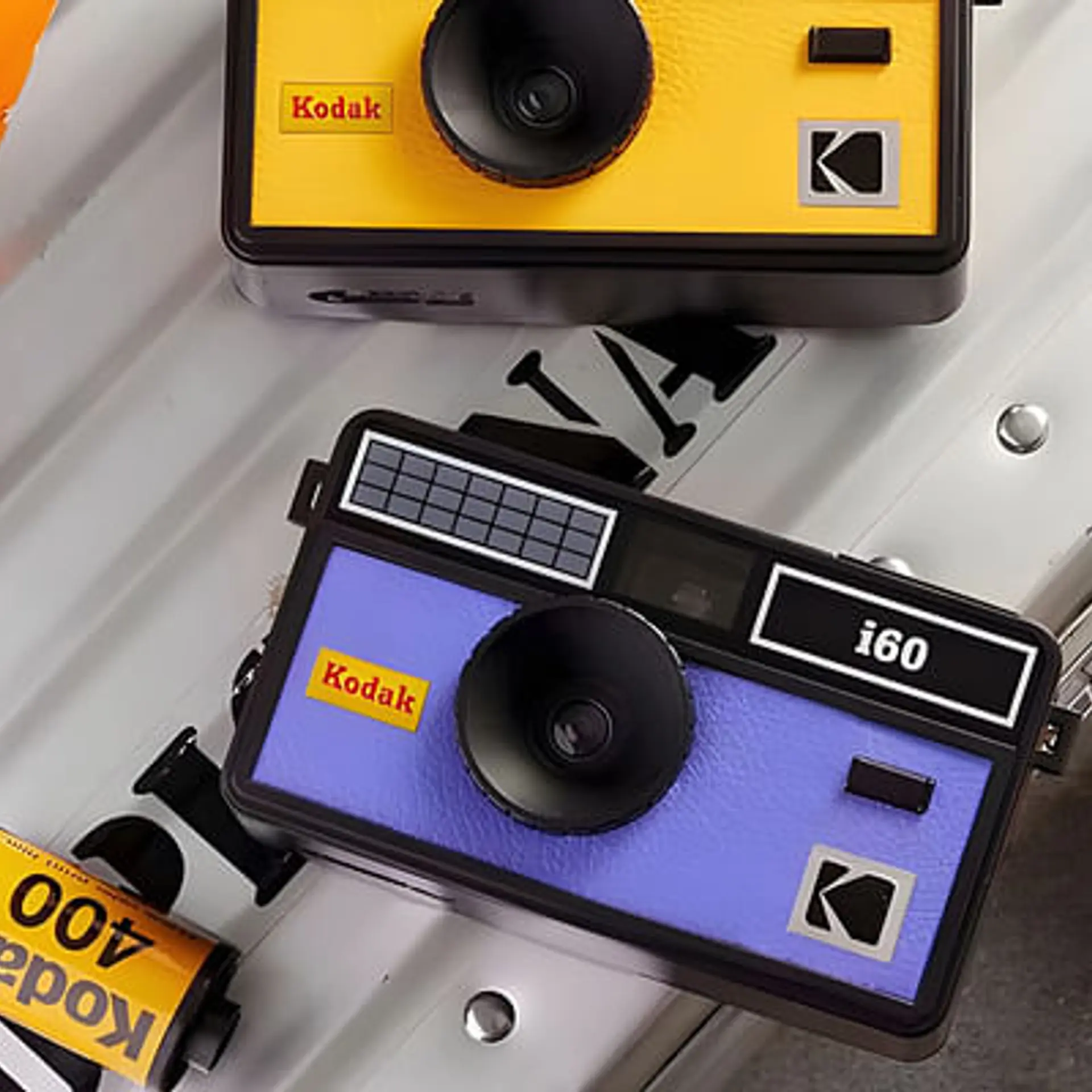Indian researchers develop paper-based sensors to detect drug overdose
Scientists have developed a new paper-based sensor to detect overdose of drugs misused in robberies, sexual assaults, and for recreational purposes. This innovative sensor can help solve these crimes faster.

The findings of this study, published in a journal called Analytics Chimica Acta, stated that a drug known as diazepam, which is commonly used to treat anxiety and depression, has been misused to perform numerous criminal activities. The crimes include suicides or homicide, sexual assaults facilitated with drugs, and robbery.
As per a study done in 10 states across India by NIMHANS, the Ministry of Health and Family Welfare, and WHO in 2012, prescription drug abuse was found to be rampant in alcoholics. Pharmaceutical drugs were being used by 20 percent of the non-alcoholic population as well.
Generic drugs such as diazepam, alprazolam, and many others, though easily accessible over the counter, have a high risk of dependency. Most are not even aware of the risks of abusing a Schedule H drug. The prescription drugs involve side effects such as drowsiness, appetite change, difficulty in maintaining balance, dizziness, and headaches. Long-term use of these drugs can also result in severe damage to a person’s sleeping pattern.s
Assistant Professor at Amity University in Noida, Jagriti Narang told PTI,
Analysis of the exposure of drug is very costly and resource intensive because of the use of sophisticated instrumental techniques. Hence, the idea popped up to develop a sensor which, if miniaturised, can help these laboratories solve the mystery behind related deaths.
Jagriti further told PTI,
Driven by the necessity to detect diazepam, we report a novel, simple, portable, disposable, rapid, inexpensive microfluidic paper-based analytical device.
The researchers behind this sensor are from Maharishi Dayanand University in Rohtak and Jamia Millia Islamia in New Delhi.
The sensor was designed by depositing silica-coated gold nanorods on the paper. Its efficiency to detect drugs in urine samples was then tested.
The sensor has a paper chip connected to an instrument that shows current signals. The extent of intake of drug can be measured by these signals.
The conventional technique used to detect drugs is gas chromatography-mass spectrophotometer, which is both expensive as well as time consuming. The method used by researchers not only saves time but also results in cheaper sensors.
Do you have an interesting story to share? Please write to us at [email protected]. To stay updated with more positive news, please connect with us on Facebook and Twitter.







